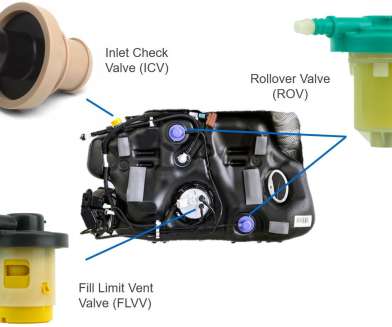CARB staff proposing amendments to Fill Pipes specs for gasoline-fueled cars
Green Car Congress
SEPTEMBER 5, 2018
The staff of the California Air Resources Board (CARB) is proposing amendments to the Fill Pipes Specifications to help ensure new motor vehicle fill pipes continue to be compatible and to form a good seal with Phase II recovery nozzles that are certified for use at California gasoline stations, thereby reducing overpressure.






























Let's personalize your content